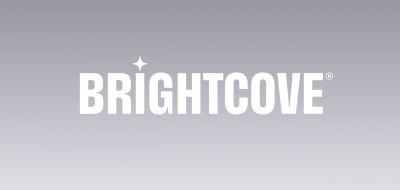Ad tech is a complex world, and video ads are their own country with their own unique language (all those acronyms!). Get a handle on the basics, and you’ll be speaking VAST, VMAP, and VPAID in no time. It’s worth the effort to get started now—video ad spending is expected to grow by double digits for the next three years.
VIDEO AD TYPES
- VAST (Video Ad Serving Template). VAST is a set of instructions in code, which includes a link to the ad creative and tells the video player how to play it, how long it should last, and more. VAST ads work on the web, across devices, and in-app.
- VMAP (Video Multiple Ad Playlist). VMAP is a playlist of VAST ads. This script tells the video player in which order the ads should play (ie preroll, mid-roll, post-roll) and specifies time slots for each of them.
- VPAID (Video Player Ad-Serving Interface Definition). VPAID is another ad-serving format that allows JavaScript, hence allowing advertisers to introduce interactive features and track viewability. While VPAID is officially supported for desktop and mobile web, it often runs into issues on mobile web—and is not supported in-app.
UNDERSTANDING PLATFORMS
Speaking of desktop vs. mobile, knowing where your ads will be served is an important first step for publishers. Video ads require high internet speed for deliverability, and mobile’s limited bandwidth can introduce issues. Add in the fact that many video ads layer in their own tracking, impression beacons, and viewability solutions—which all use up bandwidth—and you’ve got a recipe for loading errors.
CHOOSING AD SERVERS
When it comes to how your ads will be served, you’ve got options. Ad Manager by Google (formerly known as DFP) is a common choice, but there’s also SpringServe, SpotX, and Freewheel, to name a few. The best choice for each publisher depends on ease of use, the revenue model (is it free? does it charge by impression? is the fee laid out in a contract?), and its unique capabilities. Perhaps the most crucial factor is support: if something goes wrong with your ad server, your ads won’t serve and you’ll start losing money right away. The sooner you can get in touch with support and fix the problem, the less money you’ll lose.
DIRECT VS. PROGRAMMATIC
Direct ad sales involve a publisher’s in-house team working *directly* with clients and agreeing on a contract. With this model, the publisher knows in advance exactly how many impressions they are filling, what the creative looks like, and how much they’re getting paid.
Programmatic advertising is an automated auction where advertisers bid on impressions and the highest bid wins. No internal ad sales team is involved; once the ad server is set up and connected to inventory, the ad operations team takes care of the rest. The downside is that there are no guarantees on fill rate, ad content or quality, or bids.
Most publishers use a combination of both approaches, filling as much inventory as possible with direct sales and making the leftover inventory available via programmatic auction.
AD BLOCKERS VS. SERVER-SIDE AD INSERTION (SSAI)
Ad blockers detect VAST and VPAID ads within video content and block them from the viewer, which cuts down on publishers’ revenue. SSAI dynamically stitches ads and content together so they are delivered as a single stream. This solution cuts down on buffering for a better viewer experience, and bypasses ad blockers to help publishers’ bottom lines.



